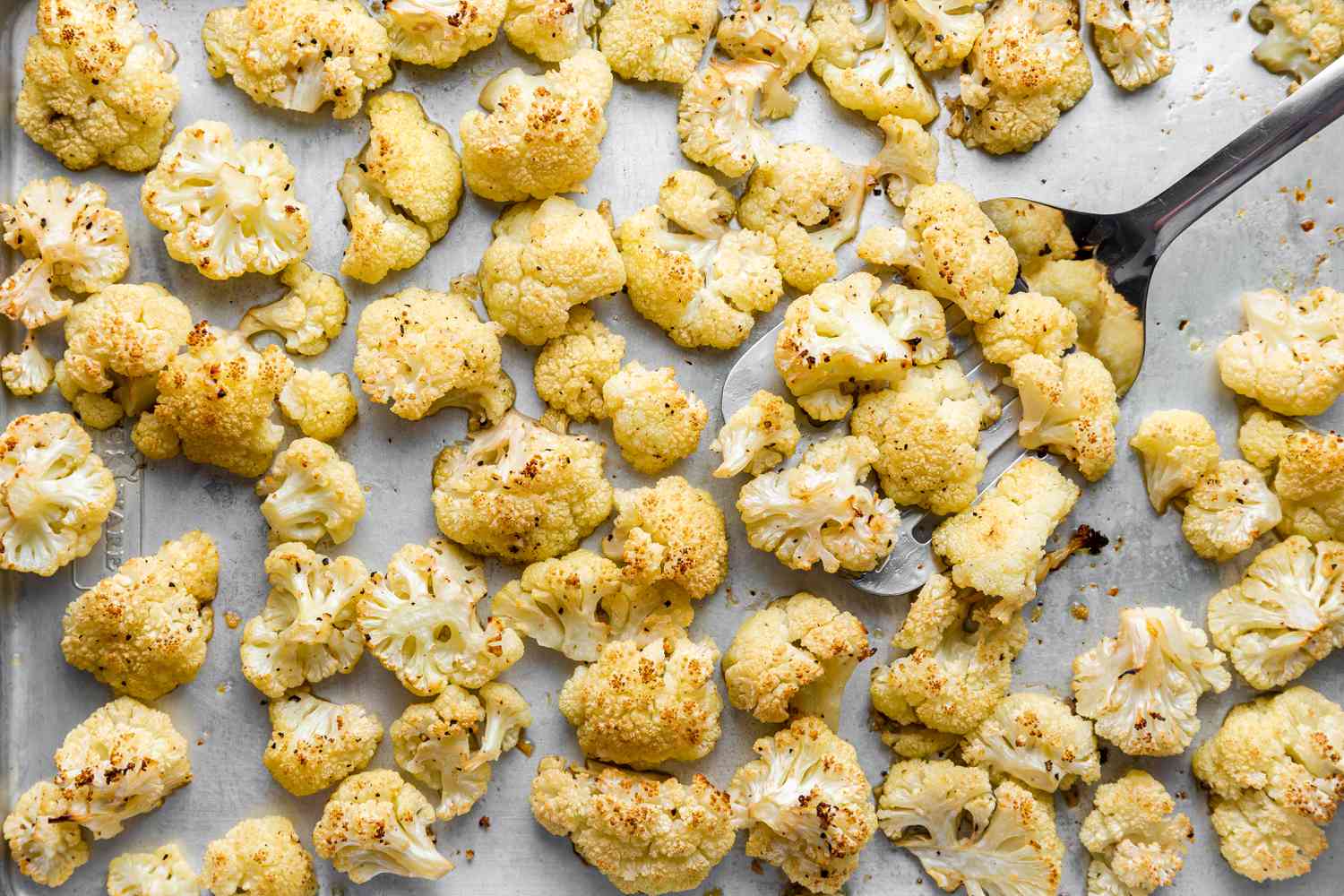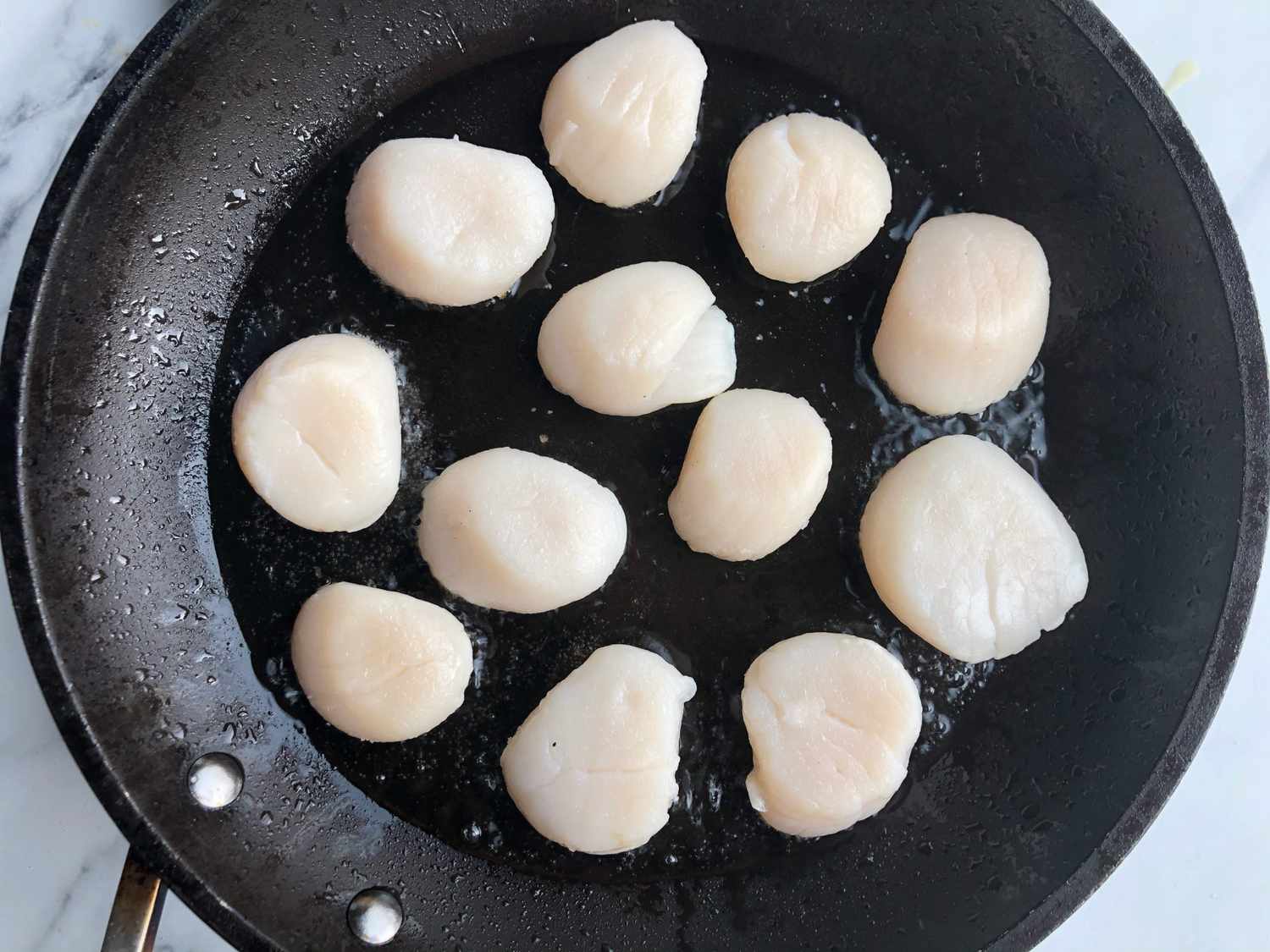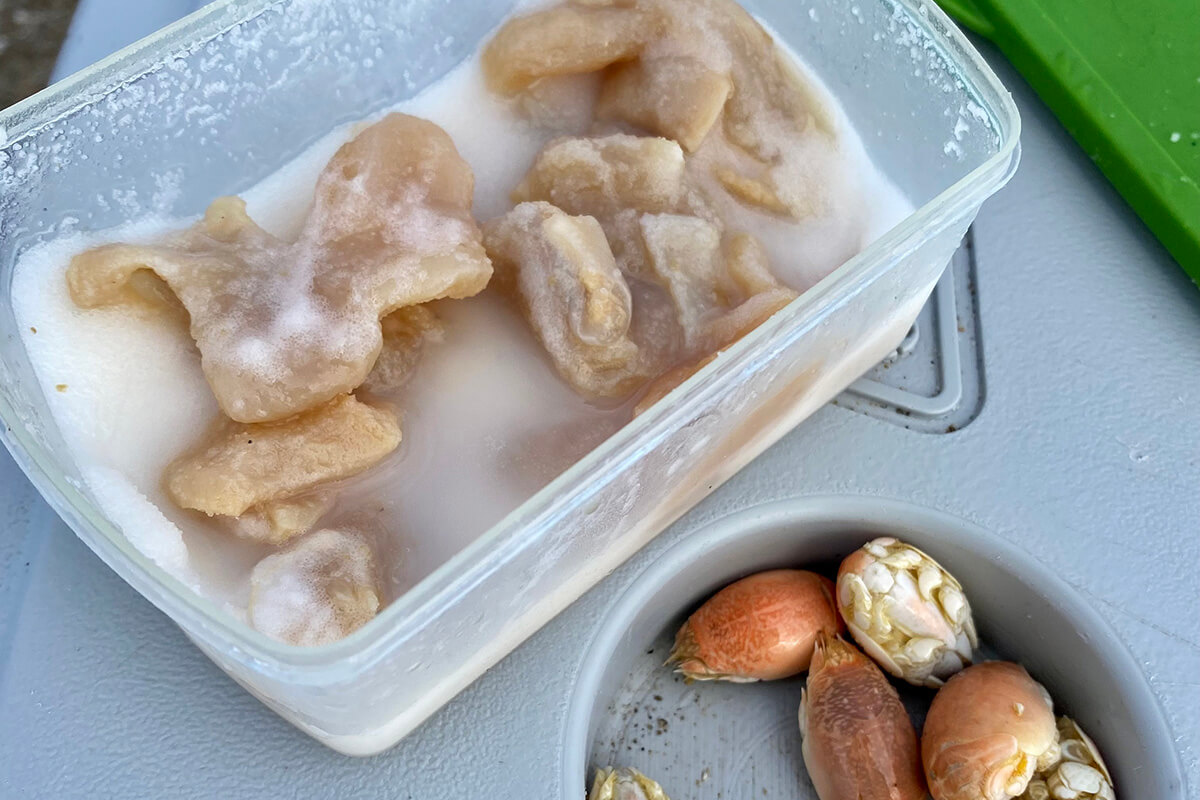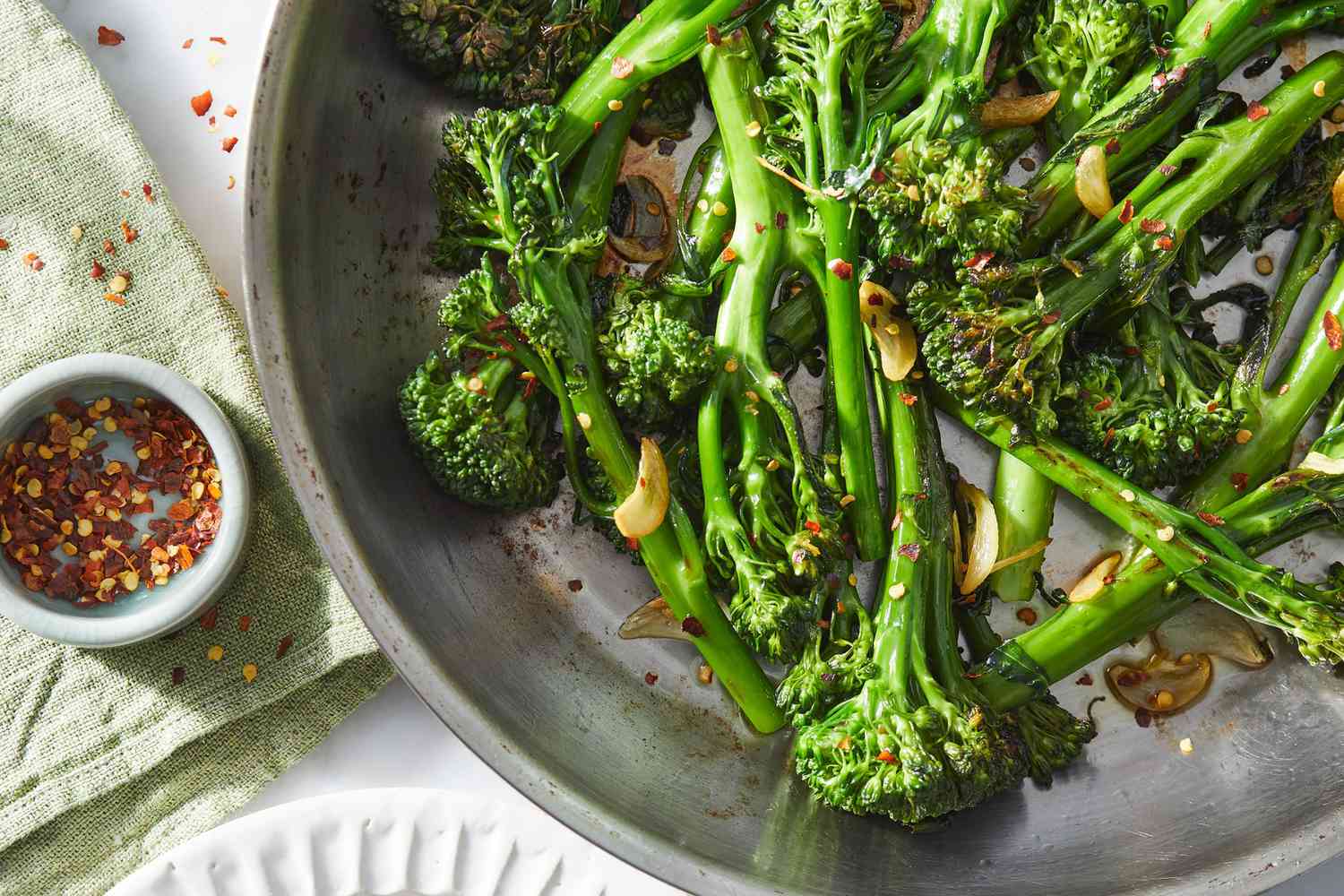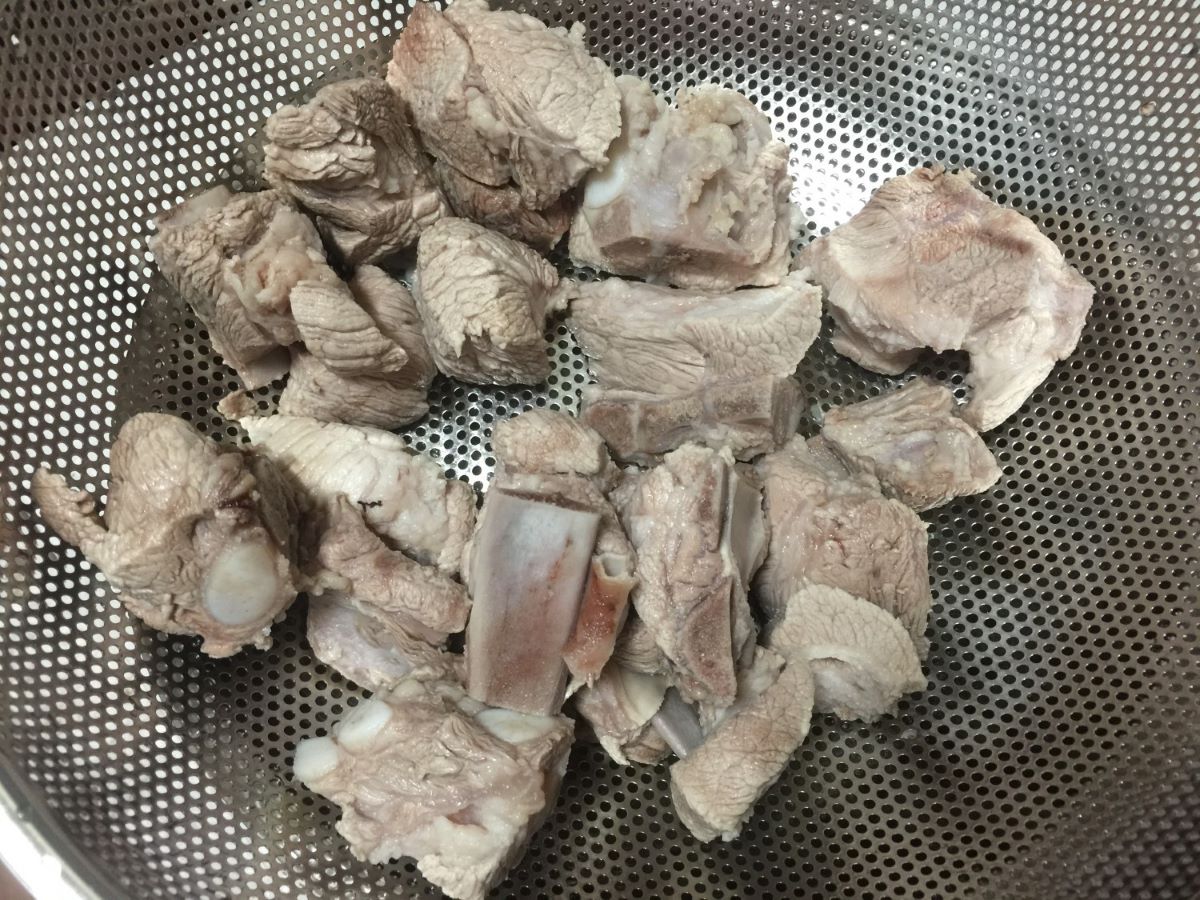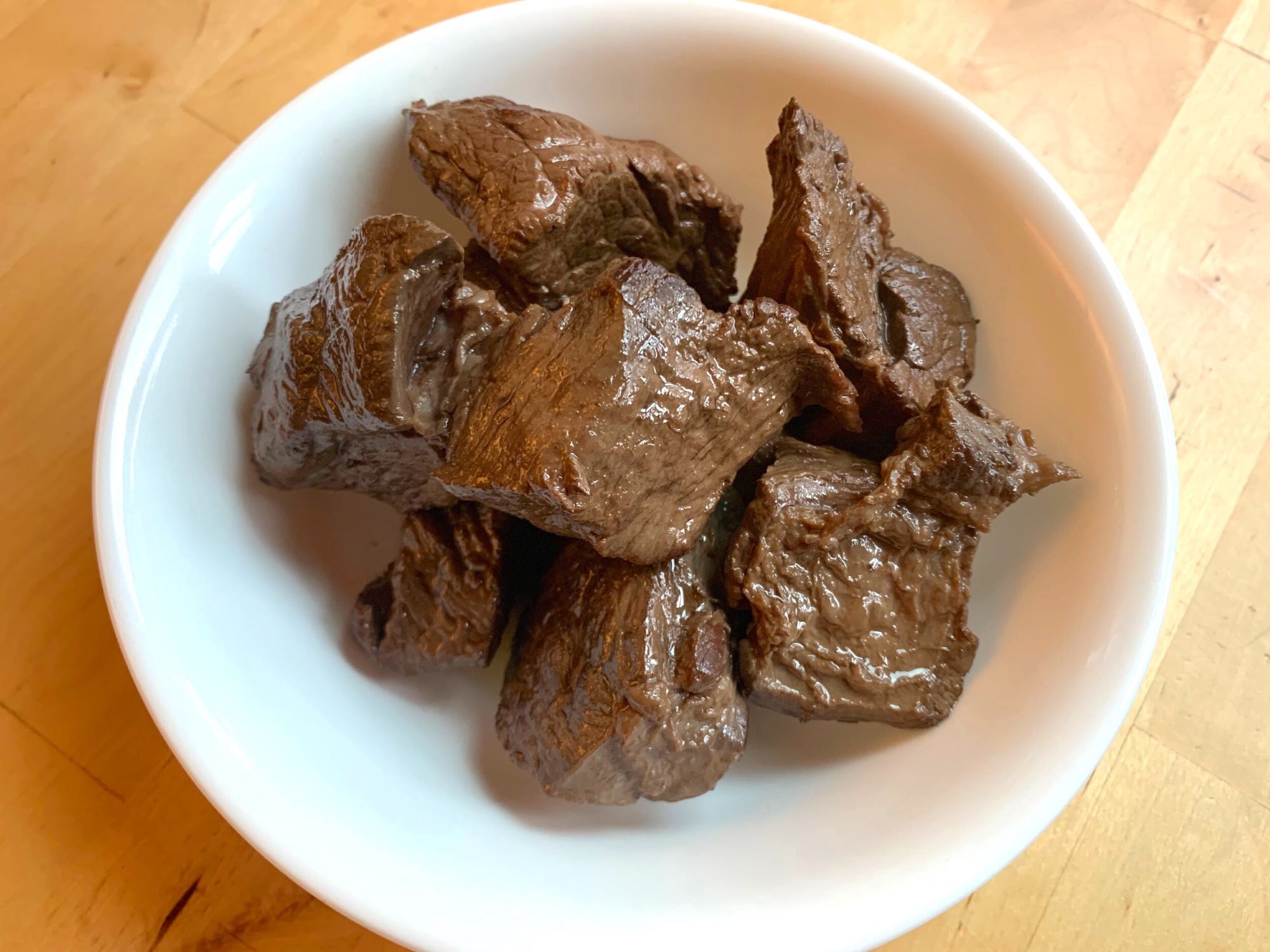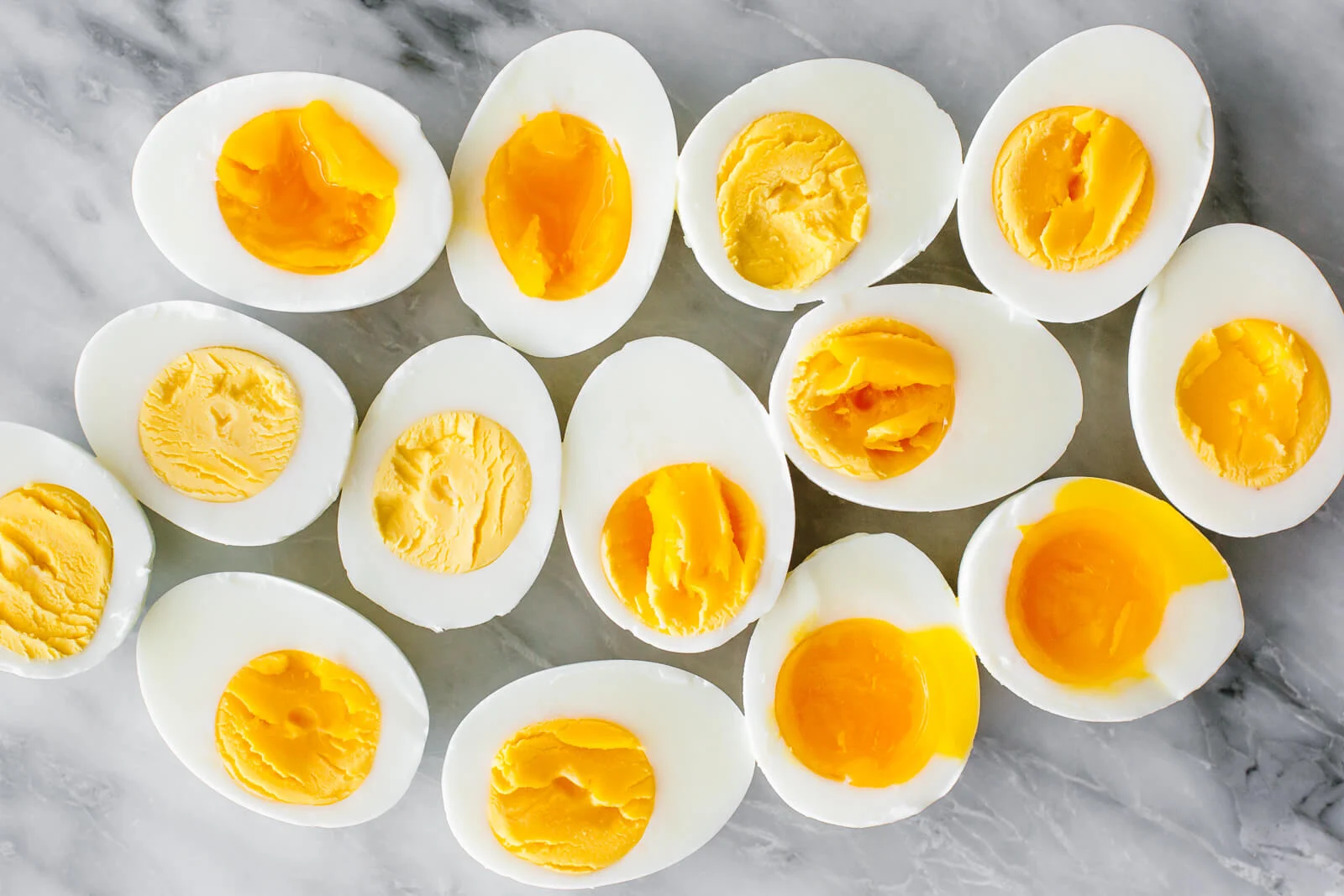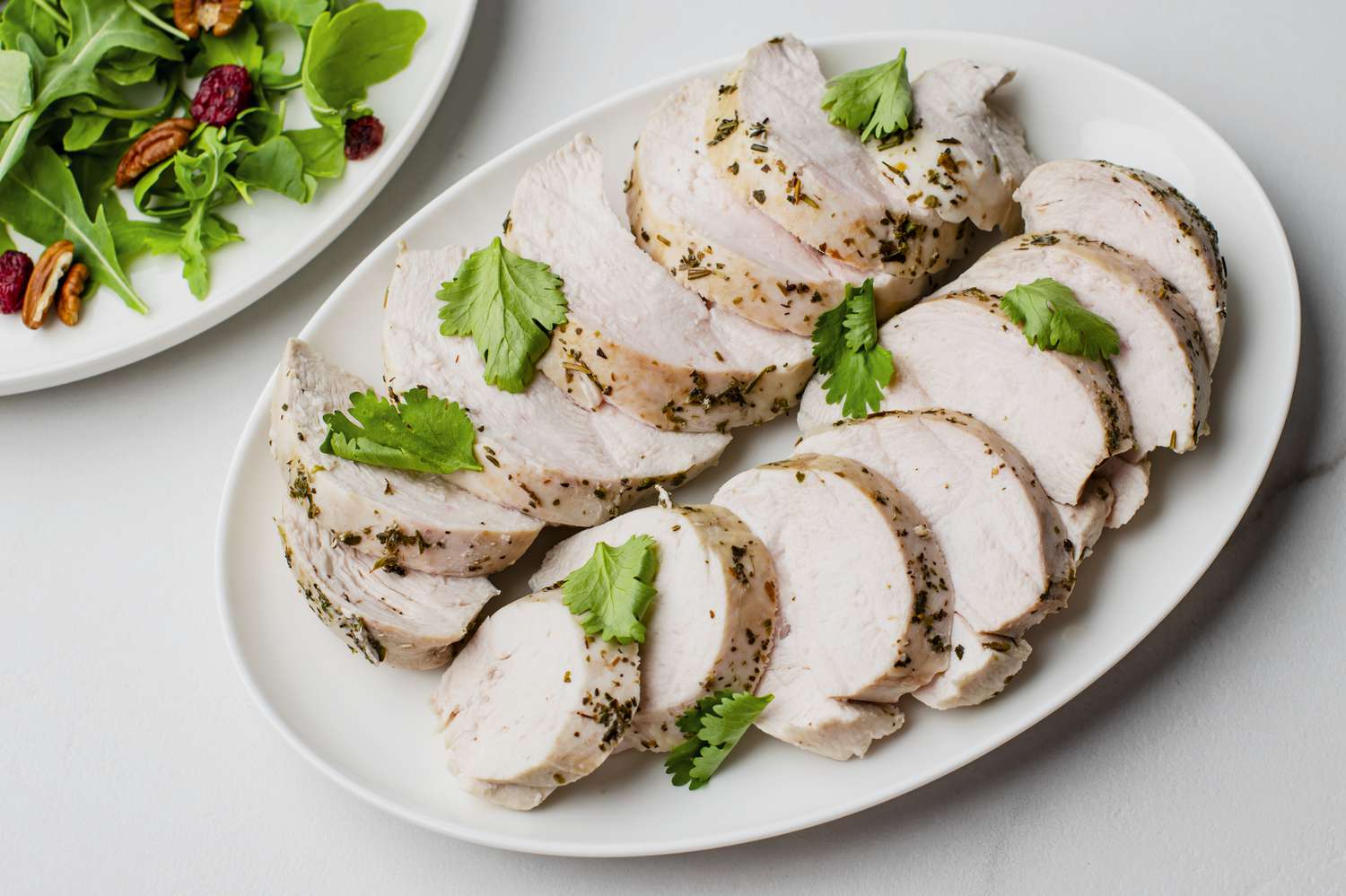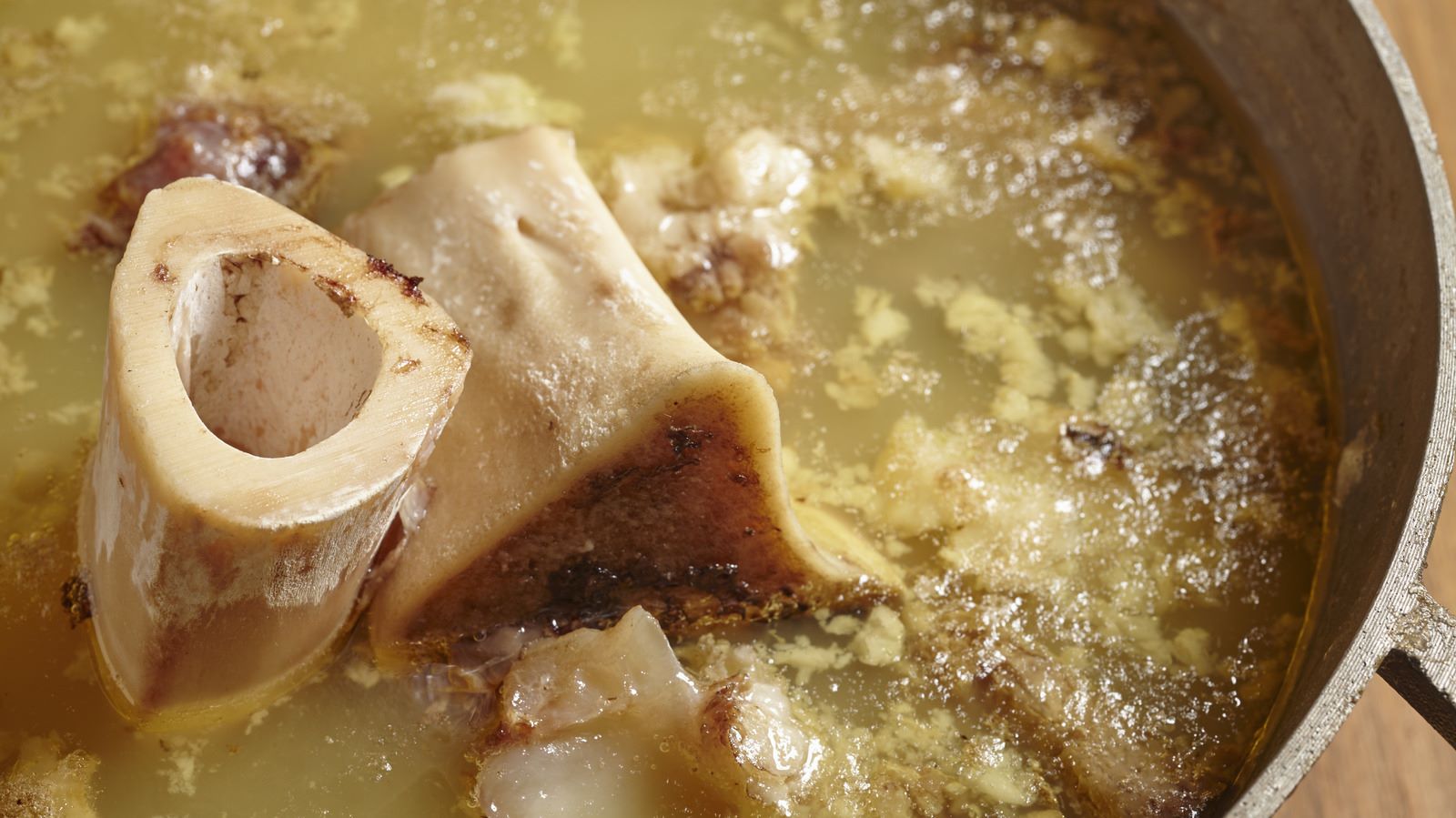Blanching Lasagne Sheets: A Step-by-Step Guide
Lasagne is a classic Italian dish that is loved by many for its delicious layers of pasta, sauce, and cheese. While traditional lasagne recipes call for using dried lasagne sheets, blanching fresh lasagne sheets can take your dish to a whole new level of perfection. If you’re wondering how to blanch lasagne sheets, look no further. In this guide, we’ll walk you through the simple steps to blanching lasagne sheets like a pro.
What You’ll Need
Before you get started, make sure you have the following items on hand:
- Large pot
- Water
- Salt
- Slotted spoon
- Bowl of ice water
Step 1: Boil the Water
Fill a large pot with water and bring it to a rolling boil over high heat. It’s important to use a large pot to ensure that the lasagne sheets have enough room to cook evenly without sticking together.
Step 2: Add Salt
Once the water is boiling, add a generous amount of salt. This will not only season the lasagne sheets but also help prevent them from sticking together.
Step 3: Blanch the Lasagne Sheets
Gently add the lasagne sheets to the boiling water, making sure not to overcrowd the pot. Use a slotted spoon to separate the sheets if they stick together. Fresh lasagne sheets will only need to cook for 1-2 minutes, while dried sheets may require 3-5 minutes. Keep a close eye on the sheets to ensure they don’t overcook.
Step 4: Shock in Ice Water
As soon as the lasagne sheets are al dente, carefully remove them from the boiling water using a slotted spoon and transfer them to a bowl of ice water. This will immediately stop the cooking process and prevent the sheets from becoming mushy.
Step 5: Drain and Use
Once the lasagne sheets have cooled in the ice water for a minute or two, remove them and lay them out on a clean kitchen towel to drain. They are now ready to be used in your favorite lasagne recipe!
Why Blanch Lasagne Sheets?
Blanching lasagne sheets serves several purposes. Firstly, it helps to soften the sheets, making them more pliable and easier to work with. Additionally, blanching can remove excess starch from the pasta, preventing it from becoming too sticky when baked in the lasagne. Lastly, blanching fresh lasagne sheets can help to ensure that they cook evenly and have the perfect texture in the finished dish.
Conclusion
Blanching lasagne sheets is a simple yet crucial step in preparing a perfect lasagne. By following the steps outlined in this guide, you can ensure that your lasagne sheets are cooked to perfection and ready to be layered with sauce and cheese. So, the next time you’re making lasagne, don’t skip the blanching step – your taste buds will thank you!
Blanching lasagne sheets is a skill that can elevate your pasta dishes to the next level. For those who want to try this technique, there are several recipes to consider. The Chicken Alfredo Lasagne offers a creamy and rich flavor that pairs well with perfectly blanched sheets. Veggie lovers should try the Eggplant and Zucchini Lasagne, where the tender pasta complements the fresh vegetables beautifully. For a hearty option, the Sausage and Pepper Lasagne provides a robust taste thanks to the well-balanced mix of spicy sausage and sweet peppers. If you're in the mood for something lighter but still satisfying, the Turkey and Spinach Lasagne is a great choice, blending lean turkey with nutritious spinach. Finally, the Classic Beef Lasagne remains a timeless favorite, with layers of savory beef and cheese that benefit greatly from the texture of blanched pasta sheets.

